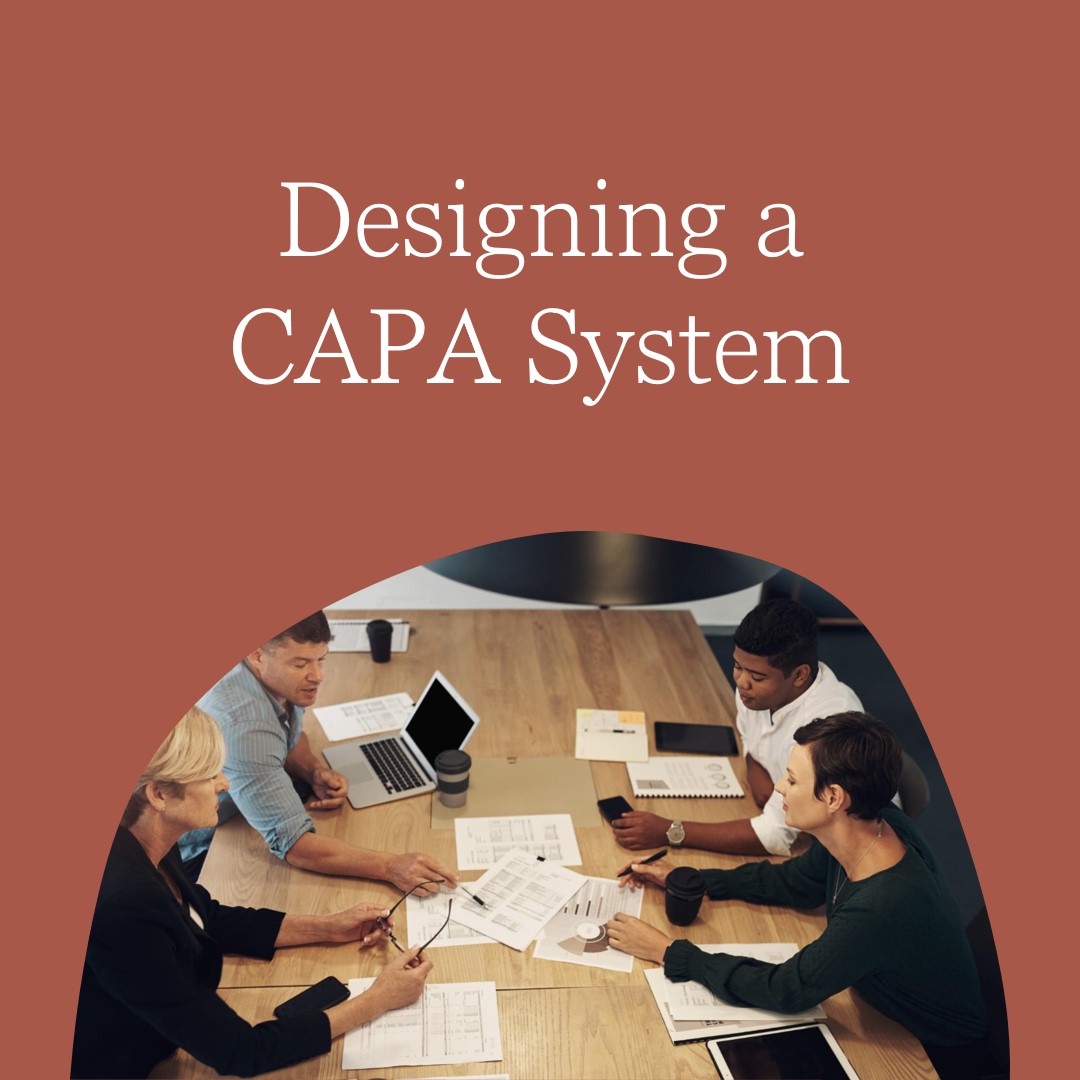Let’s explore the system architecture and key aspects of a LQATS – Lyons Quality Audit Tracking System Supplier Corrective and Preventive Action (CAPA):
![]()
What Is CAPA?:
- CAPA stands for Corrective Action and Preventive Action.
- It is a systematic approach used to identify, investigate, and address issues or non-conformances in the procurement process.
- CAPA plays a crucial role in maintaining quality standards within an organization’s supply chain.
Purpose of Supplier CAPA:
- When a company uses products or services provided by suppliers, an effective supplier CAPA mechanism is essential.
- Supplier CAPA helps investigate and correct any quality issues related to those suppliers.
- It ensures that corrective and preventive actions are taken to prevent recurrence of problems.
Benefits of Automating Supplier CAPA Processes:
- Automated Routing and Approval:
- Software specifically designed for managing supplier CAPAs automates the routing, delivery, escalation, and approval of CAPAs and related documents.
- Central Repository:
- A web-based repository stores all documents related to supplier corrective actions.
- This simplifies search and retrieval during audits or inspections.
- Integration with Quality System:
- A robust CAPA system integrates CAPA processes with the rest of the quality system.
- For example, resolving a CAPA can trigger updates to standard operating procedures (SOPs) and initiate personnel retraining.
- Tracking and Bottleneck Identification:
- CAPA software tracks routing information and data entered into electronic CAPA forms.
- This helps identify bottlenecks and understand the sequence of events during processing.
- Automated Routing and Approval:
Collaboration Across Departments:
- Implementing CAPA in procurement requires collaboration between different departments involved in sourcing goods or services.
- Thorough investigation across the entire supply chain prevents future occurrences.
Remember, an effective supplier CAPA system ensures quality, addresses issues promptly, and contributes to continuous improvement.

